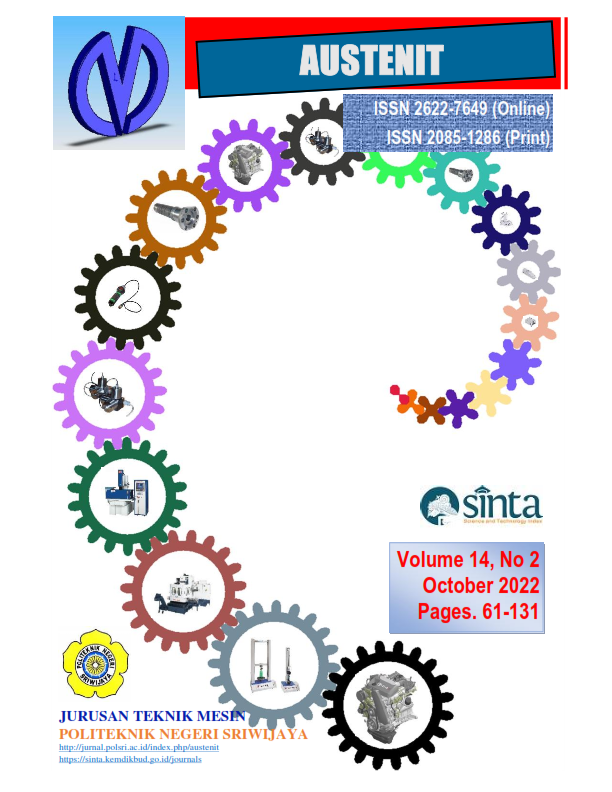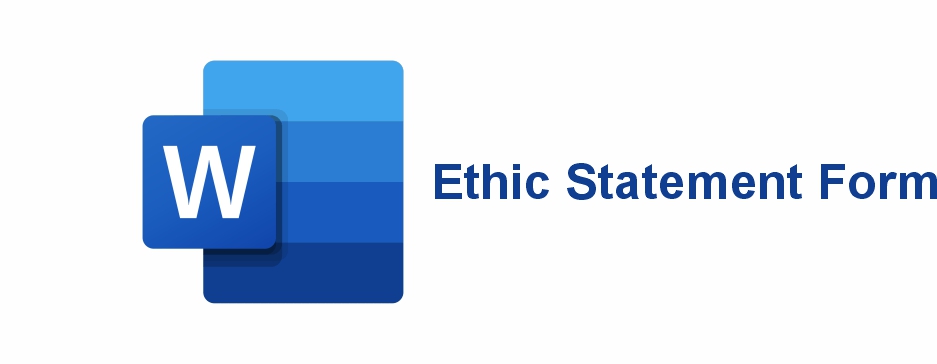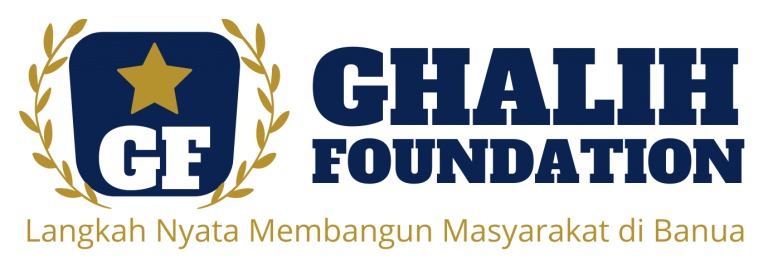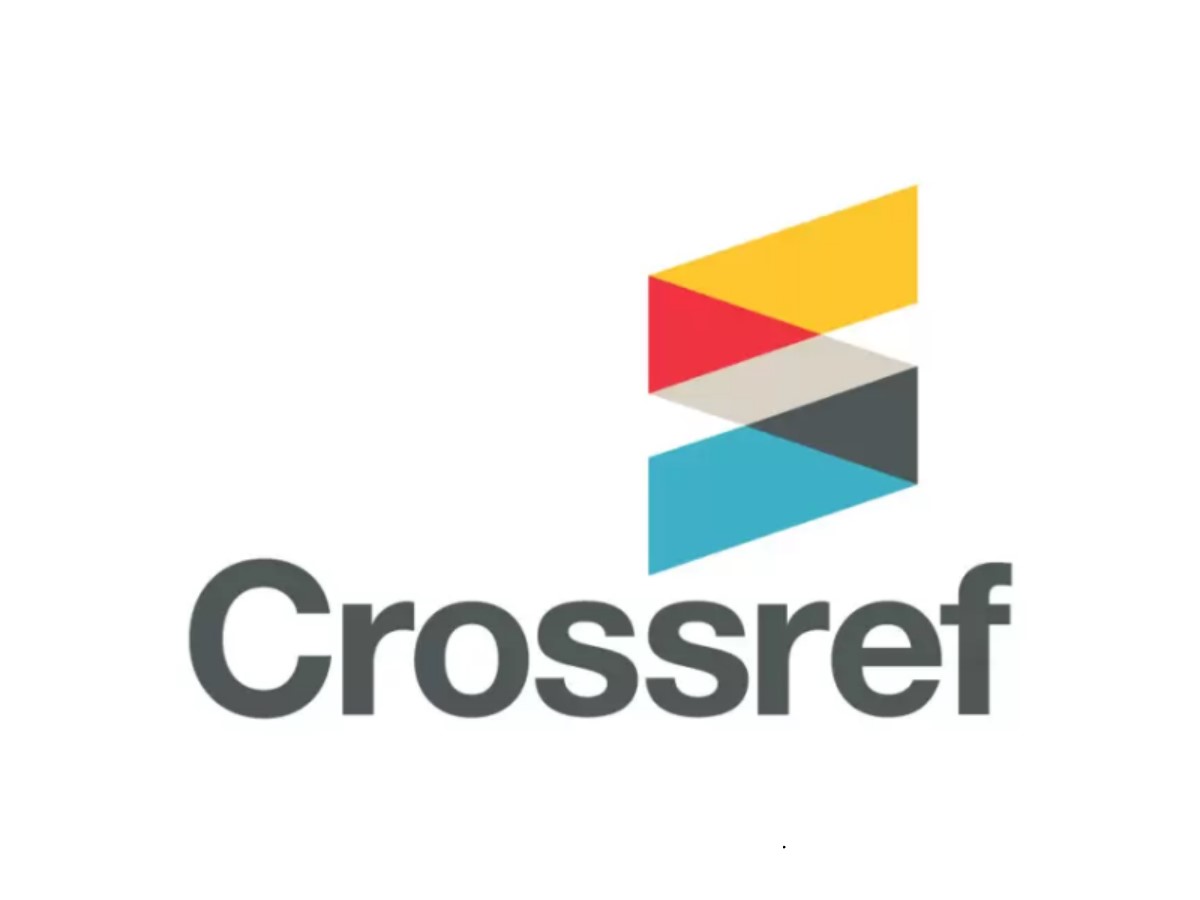TAGUCHI METHOD FOR 3D PRINTER MACHINE PARAMETER OPTIMIZATION OF PRODUCT QUALITY FROM ABS MATERIAL
DOI:
https://doi.org/10.53893/austenit.v14i2.4631Keywords:
3D Printer, Optimization, Surface Roughness, Metode Taguchi, Design of ExperimentAbstract
The examination was directed utilizing 3D Printer FDM (Fused Deposition Modeling) Ender-3 Pro with different mixes of boundaries. Choice of boundaries for 3 kinds of boundaries (Layer level, infill example, and spout temperature), every boundary fluctuated by 3 varieties. The material utilized is ABS (Acrylonitrile Butadiene Styrene) material. The examination strategy utilizes the Taguchi technique. Plan of Experiment involving the Taguchi technique as an orthogonal matrix L9(34) with three replications. The resulting response is only surface roughness. Tests produce the ideal boundaries: layer height 0.1 mm, infill pattern is line pattern and nozzle temperature 240°C. The layer height parameter result a contribution percentage of 99,63%, infill pattern 0,04%, and nozzle temperature 0,15%.
Downloads
References
A. A. Setiawan, B. W. Karuniawan, dan N. Arumsari, Optimasi Parameter 3D Printing Terhadap Keakuratan Dimensi dan Kekasaran Permukaan Produk Menggunakan Metode Taguchi Grey Relational Analysis, Proceedings Conference on Design Manufacture Engineering and its Application Program ke-2, hal. 1–5, Surabaya, 2018. (http://journal.ppns.ac.id/index.php/CDMA/article/view/590)
A. Rinanto dan W. Sutopo. 2017. Perkembangan Teknologi Rapid Prototyping: Study Literatur. Jurnal Metris. Vol. 18, pp. 105 - 112. (http://ojs.atmajaya.ac.id/index.php/metris/article/view/787)
B. W. Karuniawan, F. Rachman, dan A. A. Setiawan. 2019. Optimasi Parameter Mesin Fused Deposition Modelling (FDM) terhadap Kekasaran Permukaan Produk Menggunakan Metode Taguchi. Journal Techno Bahari. Vol. 6, No. 2, pp. 23–29. (https://jurnal.poltera.ac.id/index.php/technobahari/article/view/63/18)
Creality Ender 3 Pro, S. (no date). Spesifikasi Mesin 3D Printer Ender 3 Pro. https://www.creality3dofficial.com/products/creality-ender-3-pro-3d-printer. (diakses 30 Juni 2018)
D. Andriyansyah, Herianto, dan Purfaji, Optimasi Parameter Proses 3D Printing Terhadap Kuat Tarik Filamen PLA Menggunakan Metode Taguchi. prosiding Seminar Nasional Pendidik. Tek. Otomotif, no. ISSN : 2338-0284, hal. 61–68, Purworejo, 2018. (http://eproceedings.umpwr.ac.id/index.php/semnaspto/article/view/248)
D. Nicholson. 2014. 3D Printing-Approaching Critical Mass In An $8 Billion Industry https://www.forbes.com/sites/davidnicholson/2014/05/30/3d-printing-approaching-critical-mass-in-an-8-billion-industry/?sh=7182ecb61075 (diakses 30 Juni 2018)
E. I. Riza, C. Budiyantoro, dan A. W. Nugroho. 2020. Peningkatan Kekuatan Lentur Produk 3D Printing Material PETG Dengan Optimasi Parameter Proses Menggunakan Metode Taguchi. Media Mesin Maj. Tek. Mesin. Vol. 21, No.2, pp. 66–75.( DOI: 10.23917/mesin.v21i2.10856)
I. Soejanto, 2009, Desain Eksperimen dengan Metode Taguchi, Graha Ilmu, Yogyakarta. (https://scholar.google.co.id/citations?user=i4bgzAIAAAAJ&hl=id)
I. Soejanto, 2008, Rekayasa Kualitas: Eksperimen dengan Teknik Taguchi, Kedua, Yayasan Humaniora, Yogyakarta. (https://scholar.google.co.id/citations?user=i4bgzAIAAAAJ&hl=id)
N. M. A. Awwaliyah, B. W. Karuniawan, dan D. A. Purnomo. 2020. Analisa Pengaruh Parameter 3D Printing Dengan Taguchi - Grey Relational Analysis Terhadap Kekasaran Permukaan Dan Building Time Produk. Tugas Akhir. Politeknik Perkapalan Negeri Surabaya. (http://repository.ppns.ac.id/2907/)
P. A. Sylajakumari, R. Ramakrishnasamy, dan G. Palaniappan. 2018. Taguchi grey relational analysis for multi-response optimization of wear in co-continuous composite. Materials (Basel). Vol. 11, No. 9, pp. 1–17 (DOI: https://doi.org/10.3390/ma11091743)
S. A. Widyanto. 2008. Pengembangan Teknologi Rapid Prototyping Untuk Pembuatan Produk-Produk Multi Material. Jurnal Ilmiah Mahasiswa Universitas Diponegoro. Vol. 2, No. 2., pp. 10-11. (https://ejournal.undip.ac.id/index.php/jgti/article/view/1513)
S. Lubis, S. Djamil, dan Y. Yolanda. 2016. Pengaruh Orientasi Objek Pada Proses 3D Printing Bahan Polymer PLA Dan ABS Terhadap Kekuatan Tarik Dan Ketelitian Dimensi Produk. Jurnal Ilmiah Mahasiswa Universitas Tarumanagara. Vol. 20, No. 1. pp. 27-34 (https://publikasi.mercubuana.ac.id/index.php/sinergi/article/view/259)
T. Nancharaiah. 2011. Optimization of Process Parameters in FDM Process Using Design of Experiments. International Journal on Emerging Technologies, Vol 2, No. 1, pp. 100–102. (https://www.researchgate.net/publication/266228304_Optimization_of_Process_Parameters_in_FDM_Process_Using_Design_of_Experiments)
V. H. Nguyen, T. N. Huynh, T. P. Nguyen, dan T. T. Tran. 2020. Single and multi-objective optimisation of processing parameters for fused deposition modelling in 3D printing technology. International Journal of Automotive and Mechanical Engineering. Vol 17, No. 1. pp. 7542–7551. (https://journal.ump.edu.my/ijame/article/view/2086)
Downloads
Published
How to Cite
Issue
Section
License
Copyright (c) 2022 Authors and Publisher

This work is licensed under a Creative Commons Attribution-ShareAlike 4.0 International License.
The Authors submitting a manuscript do so on the understanding that if accepted for publication, Authors retain copyright and grant the AUSTENIT right of first publication with the work simultaneously licensed under a Creative Commons Attribution-ShareAlike License that allows others to share the work with an acknowledgment of the work's authorship and initial publication in this journal.
AUSTENIT, the Editors and the Advisory International Editorial Board make every effort to ensure that no wrong or misleading data, opinions or statements be published in the journal. In any way, the contents of the articles and advertisements published in AUSTENIT are the sole responsibility of their respective authors and advertisers.















